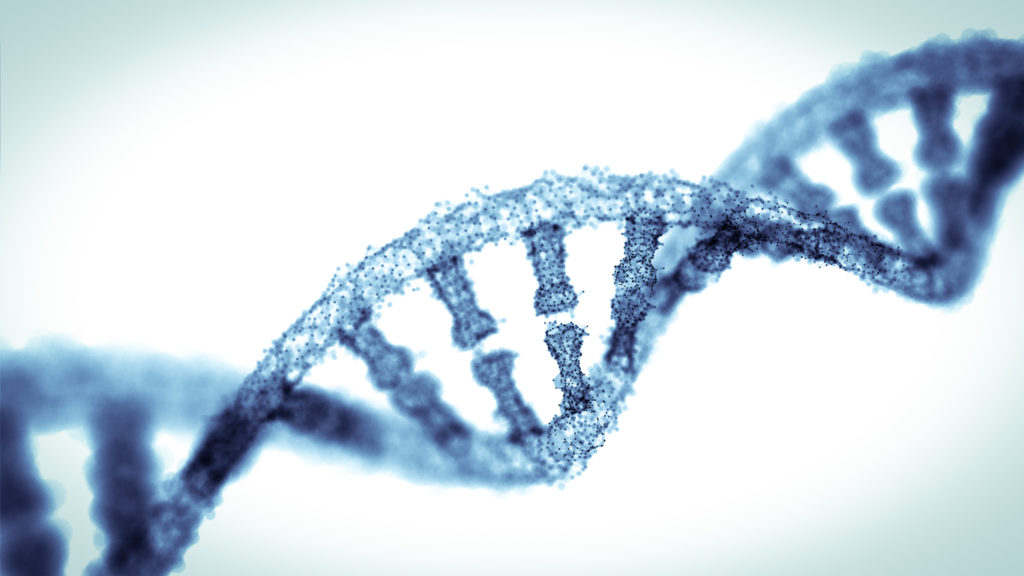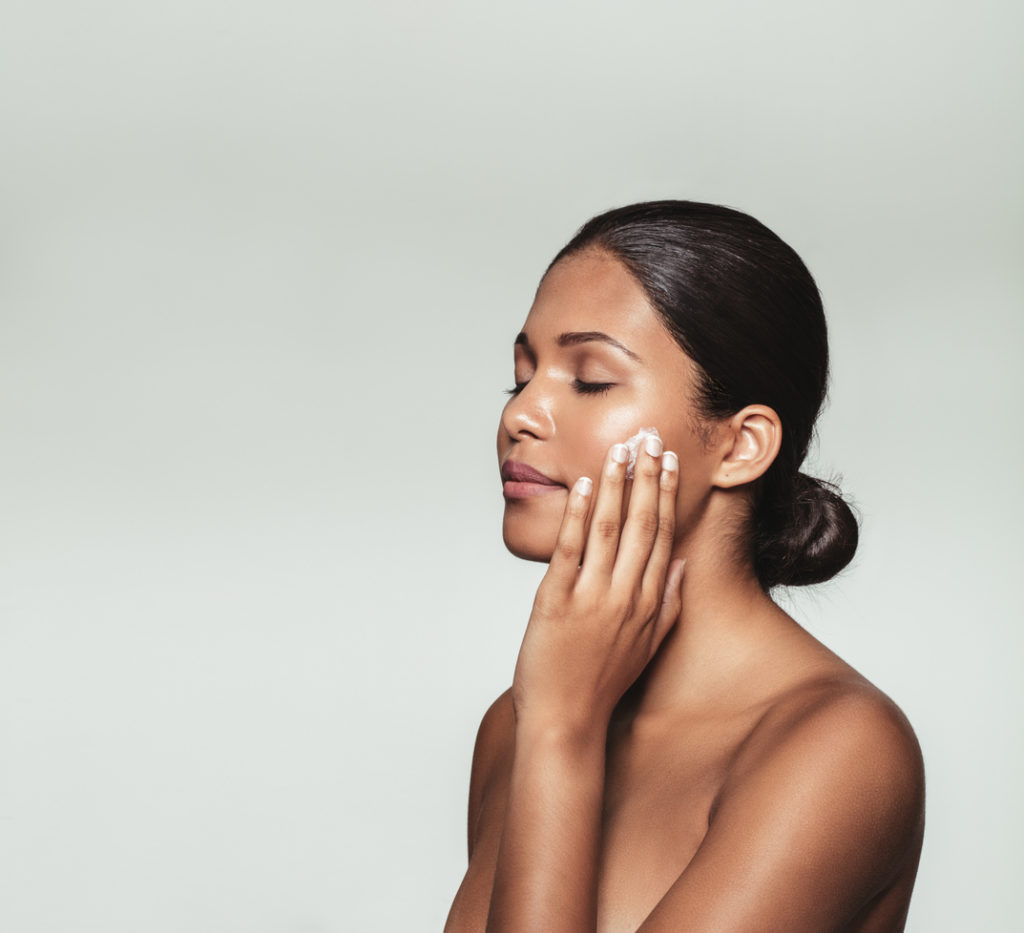In partnership with SA’s top medical aesthetic companies
1. It could be genetic
Some of us are born with freckles. We’re usually fair-skinned and possibly have red hair. Our skin’s melanin clusters are clumped closely together rather than evenly spread out, causing these gorgeous “angel kisses” on our skin. This kind of skin is very sensitive to UV light and prone to sunburn, as well as skin cancers, so sun protection is essential.
Some of us are also born with mole-prone skin – when dark clumps of pigment tend to form. As we age, they usually become raised and may have a hair growing out of them. Most are benign, but you need to watch them in case they change size, colour, shape or outline. A yearly checkup by a dermatologist is recommended.

2. Then there’s the sun
We may get a sprinkling of freckles on our skin after exposure to the sun, but they fade in winter. These are the body’s effort to protect skin cells from UV damage.
Freckles may become permanent, however, and UV damage may not become visible until we get older, when they rise to the surface as “liver” or “age” spots on our hands, cleavage, face etc. These can become darker and permanent unless we take preventive and corrective measures.

3. Blame it on your hormones
Melasma is the catchall term given to hormone-induced excess pigmentation. It can be caused by hormonal fluctuations, so it’s quite common when taking birth control hormones like the “Pill”; it can also happen during pregnancy, when it is called pregnancy mask, butterfly mask or chloasma; and it’s common after the menopause, when the sun damage of your youth becomes visible as age spots.

4. Inflammation information
Post-Inflammatory Pigmentation (PIH) can arise if your skin is chronically inflamed – it can be common in people who battle with dermatitis/eczema, acne and Addison’s disease.
Some medication – including tetracycline antibiotics, certain cancer drugs etc., can also cause hyperpigmentation. If you’re prone to pigmentation, do some research.
Physical injury to the skin can also heal and leave dark marks. These include scratches, burns, pimples that have been squeezed, even repeated friction – where a repeated action on the same area on a daily basis year after year results in dark marks, such as thighs rubbing together or “violin neck” (pigmented skin where the violin touches players’ necks) or wearing a cap that rubs against the forehead day after day.

5. The opposite extreme
Sometimes we get the opposite of hyperpigmentation – hypopigmentation – where patches of skin completely lack melanin or have decreased melanocytes. This can be caused by a variety of systemic disorders, such as vitiligo, as a result of prolonged, chronic inflammation, or by skin damage.
While these pigment changes are often irreversible and camouflage make-up may be the simplest and most effective intervention, there are more and more medical treatment options available.

The key to treating all of these types of pigmentation mentioned above is early intervention. If you leave it and the melanin leaches into the dermis, it becomes known as dermal pigmentation. The deeper the pigment, the more difficult it is to treat.
